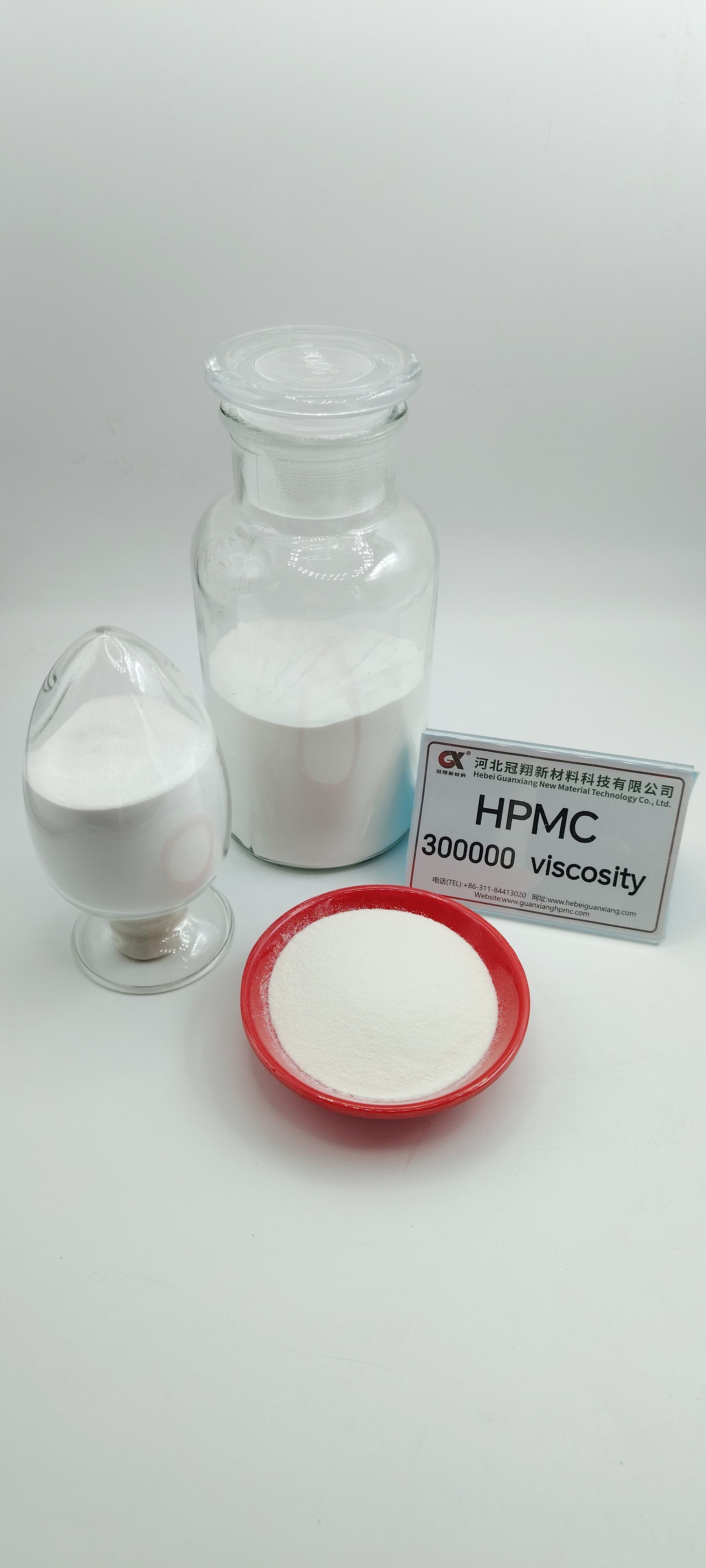The Critical Role of Environmental Factors in HPMC Functionality
Hydroxypropyl methylcellulose (HPMC) serves as a vital additive in tile adhesive formulations, with its performance significantly influenced by ambient temperature and humidity conditions. This cellulose ether derivative controls water retention, workability, and open time in cement-based adhesives, making its proper function essential for successful tile installations. When environmental conditions fluctuate, HPMC undergoes physical and chemical changes that can alter adhesive properties dramatically. High temperatures accelerate water evaporation from HPMC-modified adhesives, potentially reducing workability and increasing the risk of premature drying. Conversely, low temperatures slow down the hydration process while affecting HPMC's water retention capabilities. Humidity levels equally impact HPMC performance by changing the rate of moisture exchange between the adhesive and surrounding air. Understanding these complex interactions helps formulators and installers adjust application techniques and product selection based on job site conditions. The relationship between HPMC behavior and environmental factors ultimately determines adhesive bond strength, curing characteristics, and long-term tile installation durability.
Temperature Effects on HPMC Performance
High Temperature Challenges
Elevated temperatures present multiple challenges for HPMC in tile adhesive applications. As mercury rises above 25°C (77°F), HPMC's water retention capacity begins decreasing significantly, leading to faster moisture loss from the adhesive. This accelerated drying shortens open time - the critical period when tiles can be adjusted after placement. The viscosity of HPMC solutions also decreases at higher temperatures, potentially affecting adhesive sag resistance on vertical surfaces. In extreme heat (above 35°C/95°F), HPMC may experience reduced solubility, leading to uneven distribution within the adhesive matrix. These temperature effects force installers to work faster while increasing the risk of poor tile adhesion due to premature moisture loss. Some HPMC manufacturers offer heat-stable grades with modified molecular structures that maintain better performance in high-temperature conditions. The particle size distribution of HPMC also plays a role - finer powders typically hydrate faster and perform more consistently in warm environments.
Low Temperature Considerations
Cold weather conditions below 10°C (50°F) create different challenges for HPMC performance in tile adhesives. Lower temperatures slow the hydration rate of HPMC, delaying the development of its water-retention and thickening properties. This delayed activation extends the adhesive's initial setting time, potentially keeping tiles movable for longer than desired. The increased viscosity of HPMC solutions in cold conditions can make adhesive mixing and application more difficult. Crystalline hydration of HPMC may occur near freezing points, temporarily locking up water molecules and reducing workability until temperatures rise. These low-temperature effects are particularly problematic for exterior tile installations in seasonal climates. Specialized HPMC formulations with enhanced cold-water solubility help maintain performance in cooler conditions. Installers can mitigate some issues by storing adhesive materials in temperature-controlled environments before use and avoiding application during the coldest parts of the day.

Humidity Impact on HPMC Behavior
High Humidity Environments
Elevated relative humidity levels above 70% significantly affect how HPMC functions in tile adhesive systems. In moisture-laden air, HPMC's water release rate slows dramatically as the vapor pressure differential between adhesive and environment decreases. This extended water retention can delay cement hydration and ultimate strength development in the adhesive. The increased moisture availability allows HPMC to maintain higher viscosity for longer periods, which benefits workability but may extend setting times beyond specifications. High humidity combined with moderate temperatures creates ideal conditions for HPMC's water retention properties, often requiring formulation adjustments to prevent excessive open time. Some HPMC grades feature modified substitution patterns that provide more consistent performance across varying humidity ranges. Installers in tropical climates often select adhesives with faster-setting cement systems to compensate for HPMC's prolonged water retention in humid conditions.
Low Humidity Challenges
Dry environments with relative humidity below 40% create opposite challenges for HPMC-modified tile adhesives. Rapid moisture loss to the atmosphere can cause HPMC to form surface skins on adhesive beds before tile placement is complete. This premature drying leads to poor bond strength as the adhesive loses its ability to mechanically key with tile surfaces. The water retention capacity of HPMC becomes overwhelmed in arid conditions, potentially requiring higher dosage rates or supplemental additives. Low humidity also accelerates cement hydration, which combined with water evaporation may cause shrinkage cracks in the adhesive layer. Some HPMC manufacturers offer low-humidity formulations with enhanced film-forming characteristics that better regulate moisture release. Installers working in dry climates often mist substrate surfaces and work in smaller sections to compensate for HPMC's accelerated moisture loss. The particle size of HPMC becomes particularly important in these conditions, with finer grades typically providing better initial water retention.
Formulation Strategies for Environmental Adaptation
HPMC Grade Selection
Choosing the appropriate HPMC grade represents the first line of defense against environmental variability in tile adhesive performance. Higher viscosity HPMC grades (75,000-100,000 mPa·s) generally provide better water retention in hot, dry conditions but may require adjustments to maintain workability. Lower viscosity grades (15,000-40,000 mPa·s) often perform better in cool, humid environments where excessive water retention could delay setting. Manufacturers offer HPMC products with varying degrees of methoxyl and hydroxypropoxyl substitution that exhibit different temperature and humidity responses. Some specialized HPMC grades incorporate hydrophobic modifications for improved performance in high-humidity applications. The particle size distribution of HPMC affects dissolution rate - finer powders activate faster in cold conditions while coarser grades provide more gradual hydration in hot weather. Many formulators maintain inventories of multiple HPMC grades to accommodate seasonal variations in application conditions.
Complementary Additive Systems
Smart formulators combine HPMC with other additives to compensate for environmental challenges in tile adhesives. Redispersible polymer powders (RPPs) work synergistically with HPMC to improve adhesion strength when temperature fluctuations might weaken bonds. Hydrophobic agents can be added to HPMC-modified adhesives for exterior applications where rain exposure is a concern. Setting accelerators help counterbalance HPMC's extended open time in humid conditions, while retarders prevent premature setting in hot weather. The use of supplementary cementitious materials like metakaolin can improve early strength development when low temperatures slow HPMC hydration. Some advanced formulations incorporate nano-materials that enhance HPMC's water retention capacity without increasing viscosity excessively. The interaction between HPMC and these complementary additives often requires extensive testing under various temperature and humidity conditions to optimize performance. Many adhesive manufacturers now offer climate-specific product lines featuring customized HPMC/additive combinations for different regional conditions.
Application Best Practices for Variable Conditions
Temperature Management Techniques
Installers can employ several practical methods to mitigate temperature effects on HPMC performance in tile adhesives. In hot weather, cooling substrate surfaces with water mist before application helps reduce initial moisture loss from HPMC-modified adhesives. Working in shaded areas or during cooler parts of the day minimizes temperature extremes that affect HPMC hydration. Using chilled mixing water (never below 5°C/41°F) helps maintain workability in high-temperature conditions. For cold weather applications, storing adhesive materials in heated environments (above 15°C/59°F) ensures proper HPMC activation during mixing. Warm water mixing (not exceeding 25°C/77°F) can improve HPMC dissolution in cool conditions without accelerating cement hydration excessively. The mixing time for HPMC-containing adhesives often needs adjustment based on temperature - longer for cold conditions, shorter in heat to prevent premature thickening. These simple field adjustments help maintain consistent HPMC performance despite challenging temperature conditions.
Humidity Compensation Methods
Professional installers adapt their techniques to account for humidity's impact on HPMC-modified adhesives. In humid conditions, reducing the thickness of adhesive beds helps prevent excessive water retention that could delay curing. Using notched trowels with larger teeth ensures adequate adhesive transfer despite HPMC's higher viscosity in moist air. For low-humidity environments, lightly dampening porous substrates before adhesive application creates a moisture buffer that slows HPMC's water loss. Applying adhesives to smaller areas at a time prevents skin formation before tile placement in dry conditions. Some installers cover freshly applied adhesive with plastic sheeting when working in extremely arid environments to protect the HPMC's water-retention capability. The mixing water quantity may need slight adjustment based on humidity - slightly more in dry conditions, less in humid environments - though always within manufacturer's recommended limits. These practical adaptations allow HPMC to perform consistently despite varying humidity levels on job sites.
FAQ
How does HPMC particle size affect performance in different climates?
Finer HPMC powders (80-100 mesh) dissolve more quickly, making them preferable for cold weather applications where rapid hydration is needed. Coarser grades (40-60 mesh) provide more gradual hydration ideal for hot climates by extending workability time. Medium particle sizes offer balanced performance for moderate conditions. The optimal particle size depends on specific temperature ranges and desired open time.
Can HPMC be used in exterior tile applications with temperature extremes?
Yes, but exterior applications require carefully selected HPMC grades with enhanced temperature stability. Formulations typically combine HPMC with hydrophobic agents and flexible polymers to withstand thermal cycling. In extreme climates, manufacturers often recommend different HPMC-modified adhesives for summer versus winter installation to account for temperature effects on performance.
How does humidity affect HPMC's water retention time in tile adhesives?
High relative humidity (above 70%) can extend HPMC's water retention by 50-100% compared to standard conditions, while low humidity (below 30%) may cut retention time in half. This variability explains why adhesive manufacturers offer different HPMC formulations for humid versus arid regions. The moisture vapor transmission rate of substrates further influences this humidity-dependent behavior.
What's the optimal temperature range for applying HPMC-modified tile adhesives?
Most HPMC products perform best between 15-25°C (59-77°F) with relative humidity of 40-60%. Performance remains acceptable from 5-35°C (41-95°F) with proper formulation adjustments and application techniques. Beyond these ranges, specialized HPMC grades or climate-specific adhesive formulations become necessary to maintain reliable performance.
 EN
EN
 AR
AR
 CS
CS
 DA
DA
 NL
NL
 FI
FI
 FR
FR
 DE
DE
 EL
EL
 HI
HI
 IT
IT
 JA
JA
 KO
KO
 NO
NO
 PL
PL
 PT
PT
 RO
RO
 RU
RU
 ES
ES
 SV
SV
 IW
IW
 ID
ID
 SR
SR
 SK
SK
 UK
UK
 VI
VI
 HU
HU
 TH
TH
 TR
TR
 AF
AF
 MS
MS
 CY
CY
 IS
IS
 BN
BN
 LO
LO
 LA
LA
 NE
NE
 MY
MY
 KK
KK
 UZ
UZ


